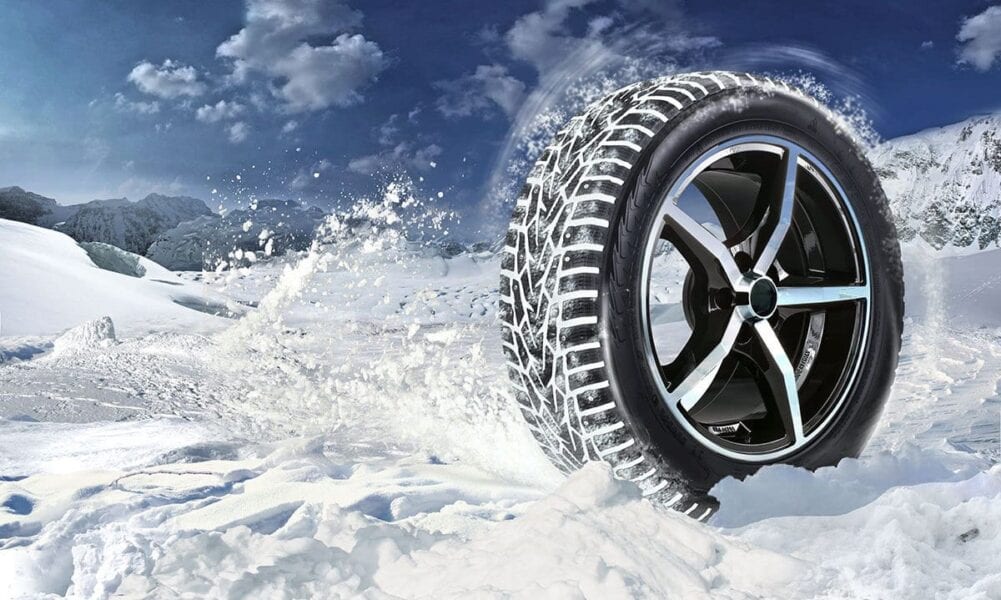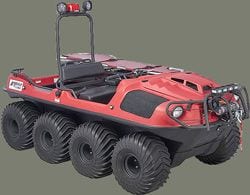
When and how to change tires?
Changing tires is one of the mandatory operations that are most often carried out in relation to a car. Tires are a safety feature.They provide the correct grip of the car with the road, withstand the weight of the car, and absorb the dynamic forces of its movement, like acceleration and braking. In addition, they provide comfort while driving and ensure good behavior of other important mechanical systems, such as brake systems, steering and shock absorption.
Therefore, both for the car owner, and in fact for the service station, it is necessary to take responsibility for the process of monitoring their condition and replacing tires. In addition, other, non-standard, types of anomalies can occur with the tire, which must also be repaired.
When do tires change?
Car tires should be replaced when one of the following anomalies occurs on them:
- Gap.
- Uniform tread wear tires to a depth of less than 1,6 mm.
- Uneven tire tread wear on one side of the tread, or on both sides on the sides.
- Deformation or air pockets between the rubber and the body.
- Damage tread.
- Rubber is generally worn from time.
Process of replacement of tires
Tires that are mounted on modern cars are the so-called tubeless tires. To carry out the replacement, you must have a tire changer that is suitable for the particular wheel. With regard to the tire replacement process, the following steps must be taken:
- Set the car on a scissor lift.
- Remove wheels to be replaced.
- Lower tiresby removing the nipples.
- Disconnect tire beads at both sides.
- Apply paste for dismantling on the beadings of the tire, and on the rim tab. Thus, removing the tire will be easier.
- Put the wheel on the machine. The outer part of the wheel should be on top and with the valve looking at 12:00. After laying, you must press the pedal and fasten the rim.
- Move the disassembly lever under the side of the tire.
- Turn the wheel clockwise by pressing the pedal of the machine. With the rotation of the wheel, the tire bead will slide off and remain outside the disc.
- Push the tire up and repeat the process already with the second side to remove the tire polarity from the disk.
- Remove valve.
- Assemble a new valve and connect it. To facilitate installation, you can lubricate it and use a special tool.
- Use mounting grease all over the rim and on both sides of the tire.
- Checking the direction and / or mounting position of the tire. Usually there is an inscription on the sidewall of the wheel, which indicates the direction of rotation, or the side of the mounting. By default, the production date should always be on the front of the wheel.
- Feed the tire onto the rim, and place the lever on the inner edge of the rim.
- Start collecting tires starting at its bottom.
- Turn the dish of the machine clockwise and push the top of the tire with your hands, to facilitate installation.
- Repeat the whole process with the second side of the wheel.
- Inflate the tire with excessive pressureto get the optimal rim position.
- Adjust tire pressure depending on the position of the wheel and the manufacturer's instructions.
After replacing tires, it is necessary to balance the wheel in order to distribute the air masses that act on it and to avoid vibrations that occur at a certain speed reduce driving comfort. In addition, riding on unbalanced tires leads to accelerated wear of the tire tread, and can also affect safety. Here are the steps you need to follow to get started balancing the wheels:
- Take off the old counterweights wheels.
- Place the wheel on the mounting flange. To do this, install the wheel on the shaft that is best suited to the geometry of the wheel, and fix it with a butterfly.
- Measure wheel (diameter, width and distance to the inner edge of the rim) with a measuring device.
- Enter measurements into the device.
- VRtouch the wheelso that the machine recognizes differences in wheel weight and balance.
- Choose the counterweights that are suitable (adhesive or on clips) depending on the type of rim and weight indicated on the device.
- Turn the wheel slightly until the machine indicates the exact location of the counterweight.
- Place counterweight.
- Spin the wheel again to make sure that the imbalance has disappeared, and if it is not, repeat the process.
- Install wheel on the car, observing the tightening rules.
- Repeat the process of dismantling, mounting and balancing all the wheels that need to be replaced.
- Align direction.
Conclusion
Tires directly affect driving safety and, therefore, the safety of the driver and passengers. This necessitates checking them on a regular basis to identify any anomalies that may affect their functioning. It is the vehicle owner's responsibility to promptly visit a tire shop to detect and repair tire damage. This will ensure that your car's tires are always in good condition. Changing tires and balancing wheels is a simple process, but must be done properly to avoid problems in the future.

One comment
Jeremiah
Everything posted was very reasonable. However, what about this?
suppose you were to create a awesome title? I ain’t suggesting your
content is not solid., but what if you added a title to possibly grab folk’s
attention? I mean When and how to change tires?
| AvtoTachki is a little boring. You should peek at
Yahoo’s front page and note how they write post titles to grab people interested.
You might add a video or a pic or two to get readers interested about
everything’ve written. Just my opinion, it might make your website a little livelier.